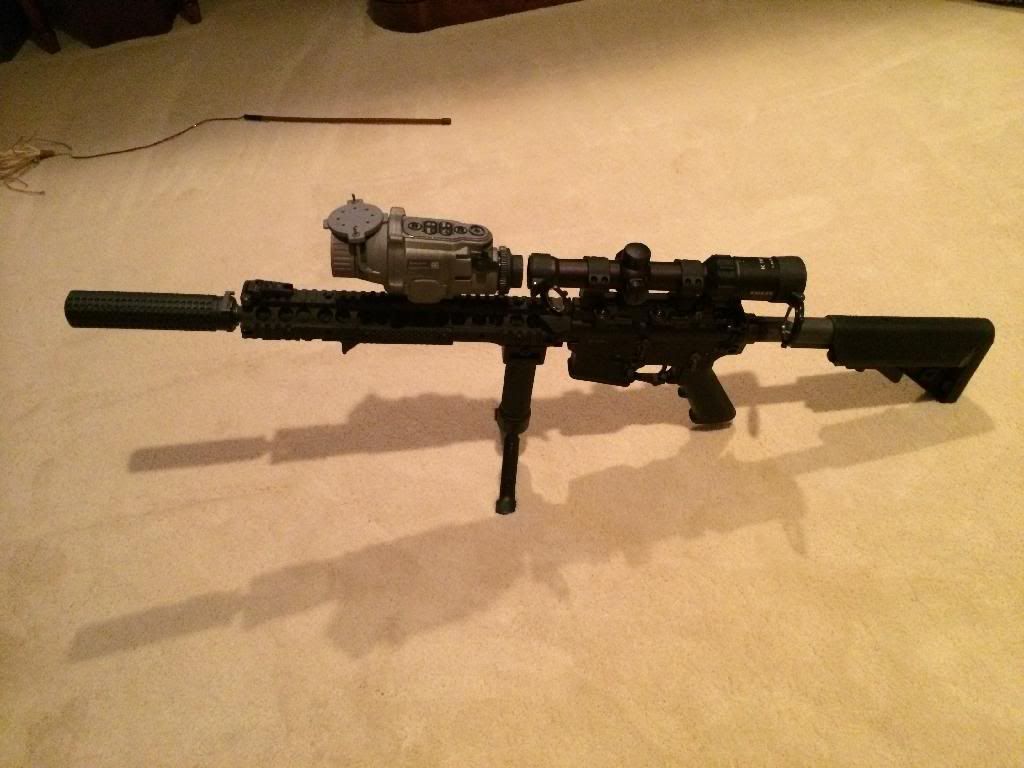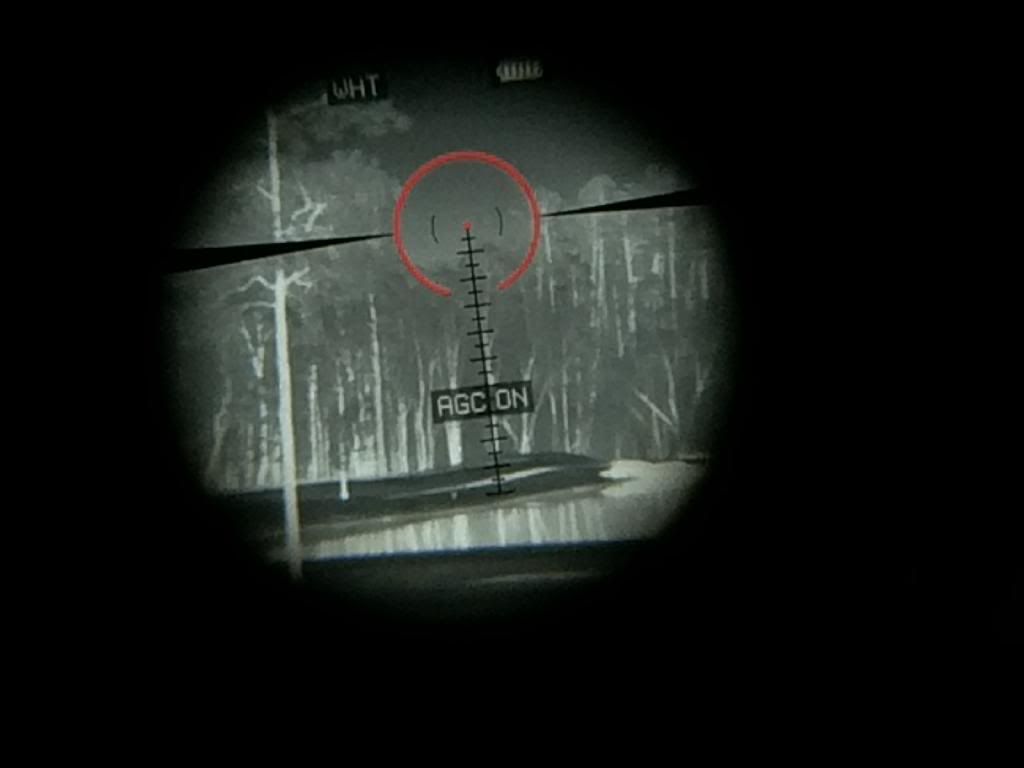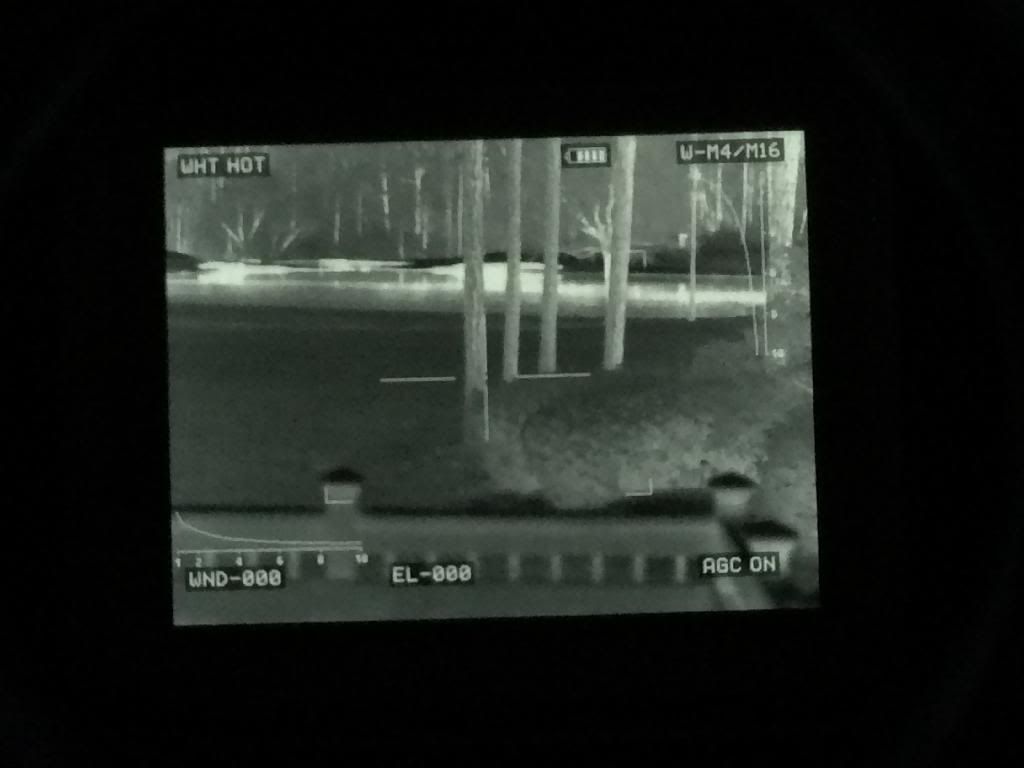You'll get your best results keeping the digital presentation on the LWTS at 1x and using your dayscope as the exclusive source of magnification. Digital zoom gives more "degradation" on the image quality, when used alone or with magnification from a day scope.
In regard to thermal sensitivity, there's really no difference between the LWTS and the CNVD-T. The resolution of the sensors are essentially the same, and the "size" differences such as the 17 micron versus 25 micron parameters on the cores have no impact on key, sensor performance attributes such as thermal sensitivity -- instead what they offer is the ability to gain the same thermal detection performance in a more compact and more energy efficient package.
In addition to the more compact and energy efficient packaging, where the LWTS excels is in the on-board image / signal processing for contrast management and contour detection and management. It is all about helping the viewer better see and discriminate between all the discrete, thermal image data that the core / microbolometer is (and which prior generations of VOx microbolometer have been) capable of collecting.
All the makers of thermal imaging scopes, including L3 and FLIR, will continue to progressively make significant improvements in thermal imaging capability, for portable scopes, without necessarily improving the performance of the core technology, which quite frankly, is already providing considerably more thermal image data than is being used. In the upcoming year or so, you'll see the interpolation of thermal image data onto display resolutions twice as great as the resolution of the microbolometer -- this will dramatically improve the maximum levels of magnification that can be achieved (with outboard, analog magnification) and yet still provide the user with crisp, well-defined imaging. Then, you'll see array management via multiple thermal cores and displays unified into a common chassis; which will be driven by smaller and lower cost sensor and display modules -- this will dramatically improve the field of view available to thermal imagers. Then, you'll see advanced, lens systems, using germanium and carbon compounds, that will capture LWIR radiation at many multiples of what the current lens systems can collect -- this will dramatically increase the thermal resolution achievable at greater distances.
The amazing thing is that the technologies to implement these enhancements are already "here", they are just not in broad scale production that the manufacturers feel is at a cost that would allow for significant profits -- yet. However, the modularity of the electro-optics associated with thermal imaging is evolving to where a creative and skilled, individual maker, can build portable, thermal imaging technology for personal use that performs "many generations" ahead of the best commercial, off the shelf (COTS) solutions.
Personally, for me, the situation has already reached the stage where I'm building all my own scopes (which far exceed COTS performance) for my own use, and am personally using the COTS scopes only if I'm getting one for free for testing or evaluation outside my work -- and just using the COTS scopes for ideas and insights on things like chassis design, software layouts, user ergonomics, and physical hardening.
IR-V







